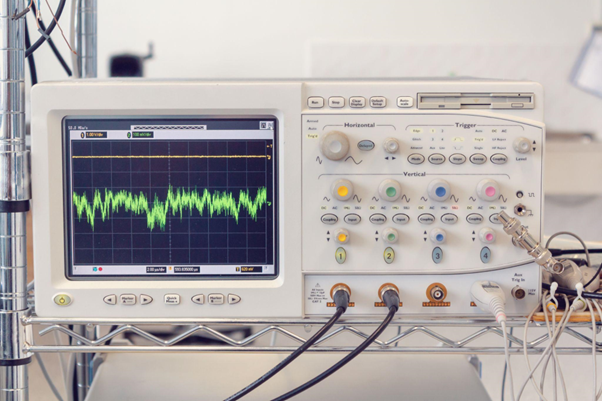How Analysers Speed Up Product Development

When developing products, delays can pile up faster than paperwork on a Friday desk. Testing is often the part that slows things down, as faults hide deep within circuits or communication lines. Using the right tools makes a difference. An analyser can turn a slow trial-and-error approach into a steady march forward. Whether it is checking signal timing or digging into data streams, these instruments give engineers the insight they need without wasting hours.
Protocol Analyser in Action
A protocol analyser captures and decodes communication between devices. It is like moving from muffled noise to clear speech, making it easier to see what is being exchanged. This matters when testing USB links, Bluetooth connections, or automotive CAN bus networks. By showing the flow of data, it highlights problems in communication before they affect the product.
Engineers use it to check compliance with standards and confirm that devices exchange information correctly. When products must meet strict requirements, this clarity trims guesswork and lets teams focus directly on the fault.
How a Network Analyser Helps
While the protocol analyser deals with digital talk, the network analyser takes on the physical signals themselves. It measures how signals move through components, cables, or antennas. By showing how a signal is reflected or transmitted, it points out weak spots in design. If too much signal bounces back, the cause could be a poorly matched connector or a component that is out of place.
In wireless design, the network analyser is key. Antennas need to send and receive with precision. A slight mismatch can affect performance. By using this tool, engineers can adjust designs early, instead of discovering problems once devices are already in the field. The result is a smoother path from prototype to production.
Where a Digitiser Fits In
Adding a Digitiser to the toolkit extends testing further. It converts analogue signals into digital data, allowing detailed analysis on a computer. Unlike a standard scope, a Digitiser can capture long stretches of data at high speed, storing it for later review. This matters when signals are unpredictable. Instead of watching a screen for hours, engineers can log the data and study it afterwards.
Digitisers are also handy when combining multiple measurements. They allow synchronisation of inputs, so voltage, current, and timing can be checked together. This gives a fuller picture of how a product behaves under stress. It means fewer blind spots and fewer repeat tests.
Saving Time in Development
The combined use of these tools keeps the pace steady. With a protocol analyser, communication errors are caught early. With a network analyser, physical issues in design are solved before they spread. With a Digitiser, signals are logged and analysed without delay. Together, they shave hours or even days off the testing process.
Time saved in testing directly affects cost. When engineers can pinpoint an error quickly, resources are not wasted on endless debugging. Instead, fixes are direct and supported by evidence. This practical approach speeds up the move from design to prototype, and then from prototype to production.
Practical Improvements in Testing
Analyser design has evolved to support practical needs. Interfaces now provide simpler reporting and clearer displays, which cuts the time required for training and setup. Improved connectivity means results can be stored or shared on common networks, making collaboration smoother.
Digitisers in particular have gained in memory capacity and sampling speed. This allows engineers to capture faster signals over longer sessions without data gaps. These refinements support work in areas such as telecoms and aerospace, keeping testing efficient and manageable for development teams.
The Broader Value
In product development, testing tools shorten cycles by offering clarity at key stages. They allow issues to be confirmed with data, turning what might be a long process into a more structured one. This reliability reduces wasted time and helps teams bring products forward with fewer delays.
By covering communication checks, signal behaviour, and data capture, these tools give developers consistent insight. Each contributes to building confidence in designs without repeating the same type of analysis.
Keep Development on Track
Speed matters in development, but so does accuracy. These tools bring both. From digital communication checks to signal behaviour studies and long-term data capture, they cover the key areas where problems lurk. By investing in the right analysers, teams build products with fewer setbacks and more reliable outcomes. Contact Genetron to find the analyser setup that matches your product development needs.




